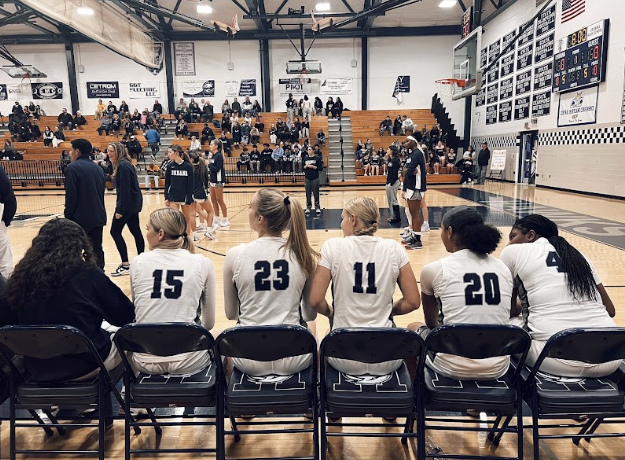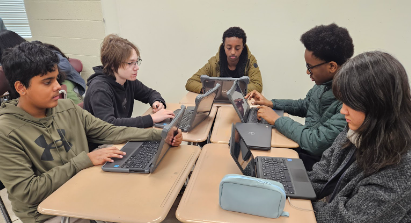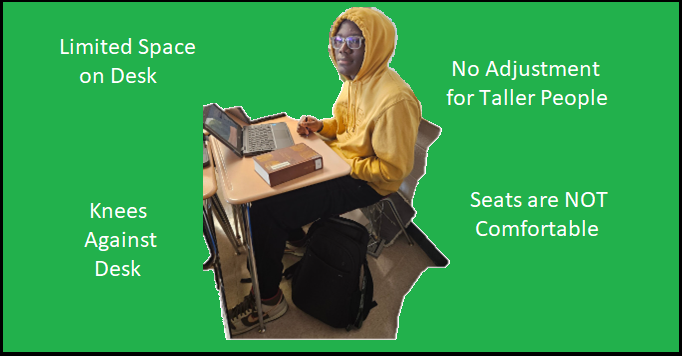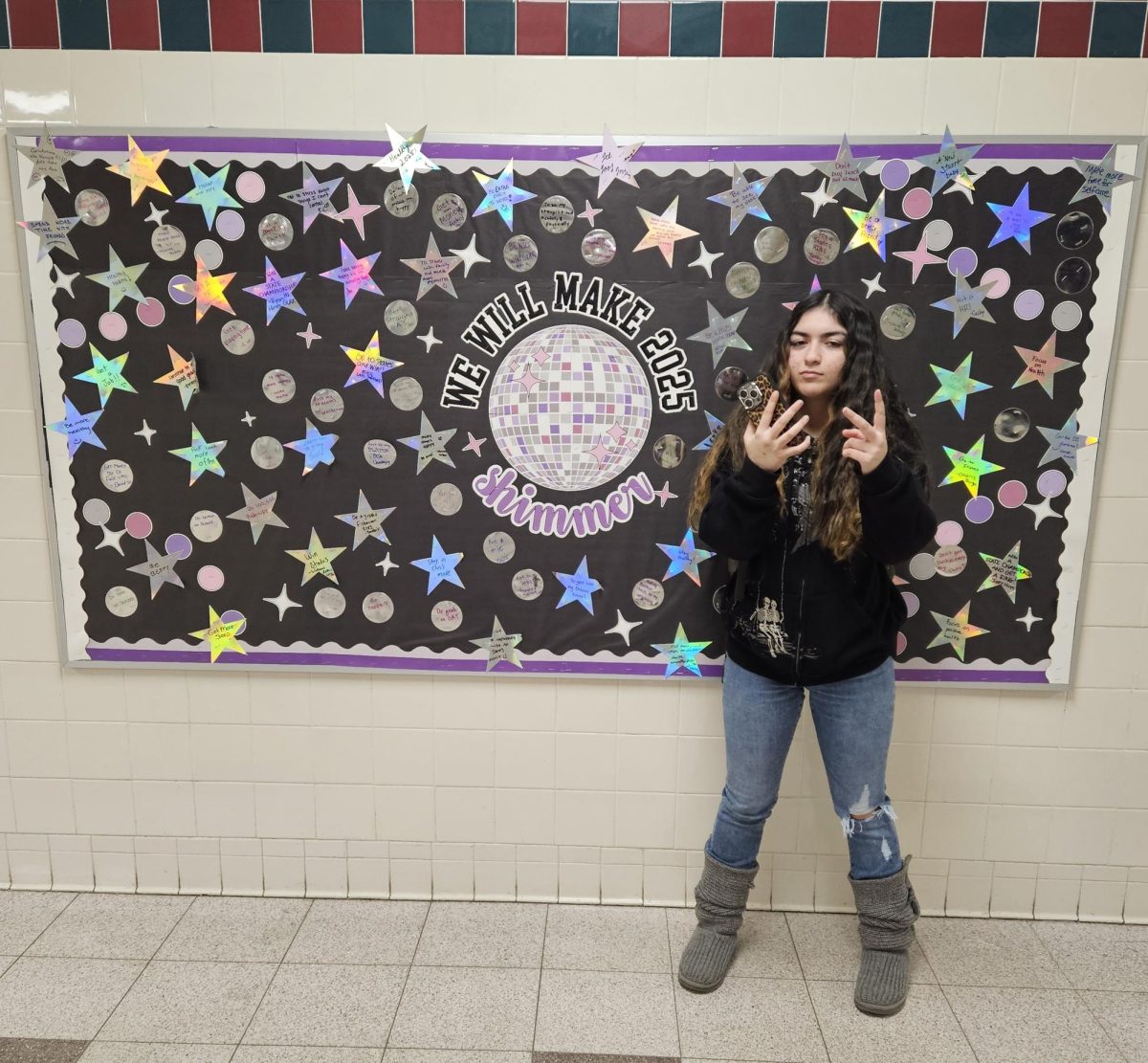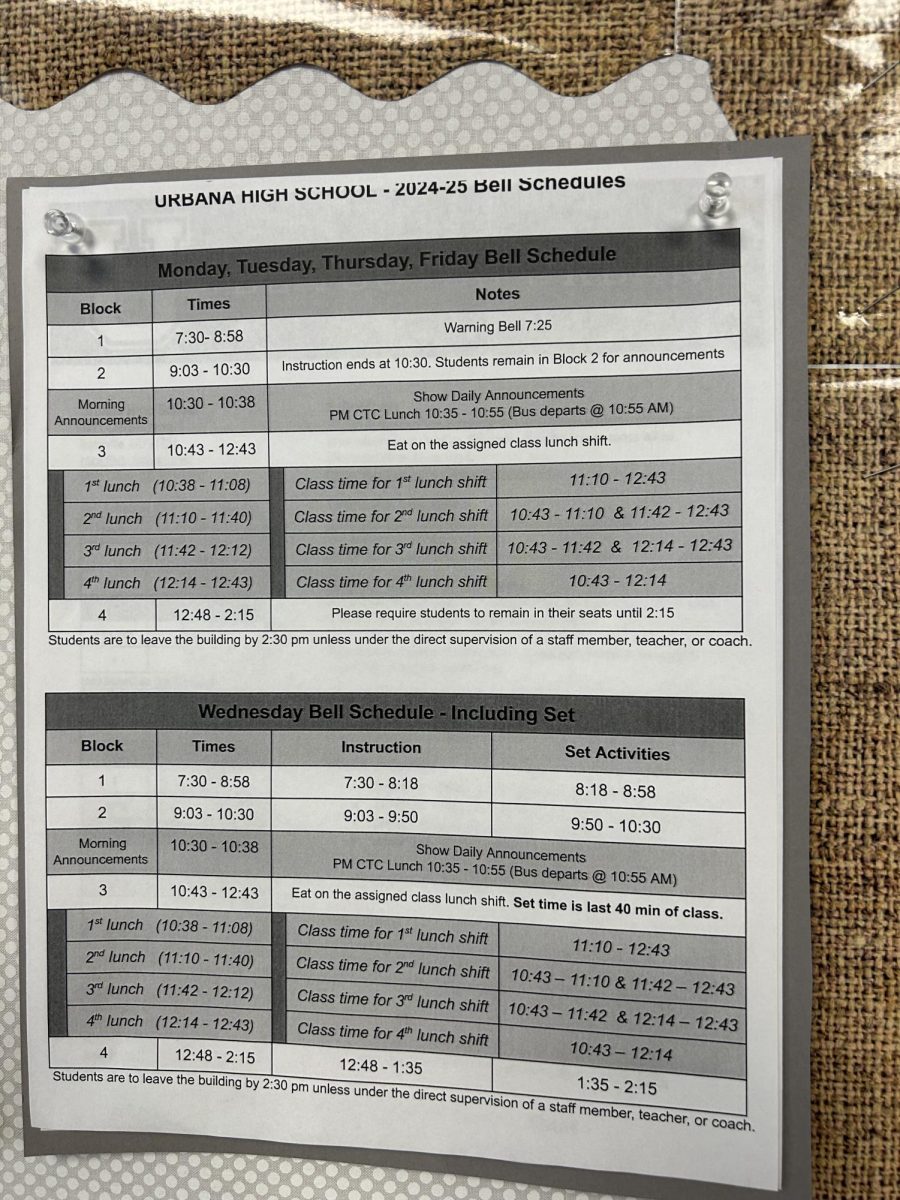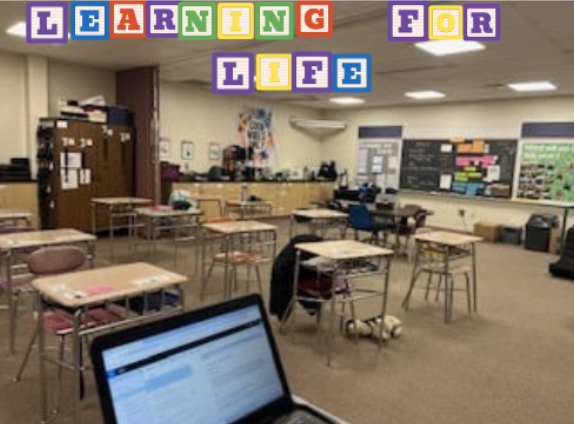The Demand For New Languages vs. the Supply
November 18, 2014

A student using the American Sign Language sign for “speak.”
With the entire world being so connected, it is crucial that people have the ability to communicate with each other. However, students in the United States seem to be falling behind in terms of fluency in a second language.
Due to budget cuts over the years attention to teaching foreign languages in schools has decreased, and new Common Core programs have prioritized English, Science and Mathematics subjects. Still, many students are aware how important it could be to learn Hindi, Chinese, Russian, Arabic or other languages used in countries that are rising in economic, social and political importance.
“I think it’s important to learn multiple languages because it helps you relate to whoever speaks that language, but also helps you understand how other people feel and how hard it is for them to learn your language. So it opens your mind to being empathic and understanding people in general,” said Prince Mills, who is an IB French student.
Urbana offers five languages- Latin, Spanish, French, German and Chinese. Students are showing an increasing interest in learning a wider variety of languages.
Foreign language teacher Carol Rossi said, “Because we’re a global economy, and it enables you to be a better wage earner. It’s also really good for your mind- if you speak more languages you’re less likely to develop Alzheimer’s.”
Living in a country that is not only vast but monolingual means most Americans don’t immediately have to know a second language, but it certainly pays off in the long run. Knowing multiple languages provides and upper-hand when applying for new jobs and makes travel easier and more desirable. The process of language acquisition improves memory and improves understanding of the person’s native language.
Most students in European countries begin learning English in elementary school, and some countries like Denmark require the learning of a second foreign language beginning in high school. According to the Pacific Standard less than one half of schools in the United States offer foreign languages, and most only offer Spanish. The problem boils down to budget and of time and teachers.
When asked what language they would like to learn besides what is already offered here, almost 30% of students said they would like to learn Italian, with American Sign Language following close behind in popularity. Other popular choices were Japanese, Arabic and Portuguese.
Having a sturdier base in multiple languages encourages travel and cultural immersion, which can immensely enhance the quality of a person’s life. This exposure to other cultures in the process of learning a language can greatly impact a person’s perspective of the world around them, and if these courses are further integrated into student’s course materials the awful “Arrogant American” stereotype can eventually be overcome.





